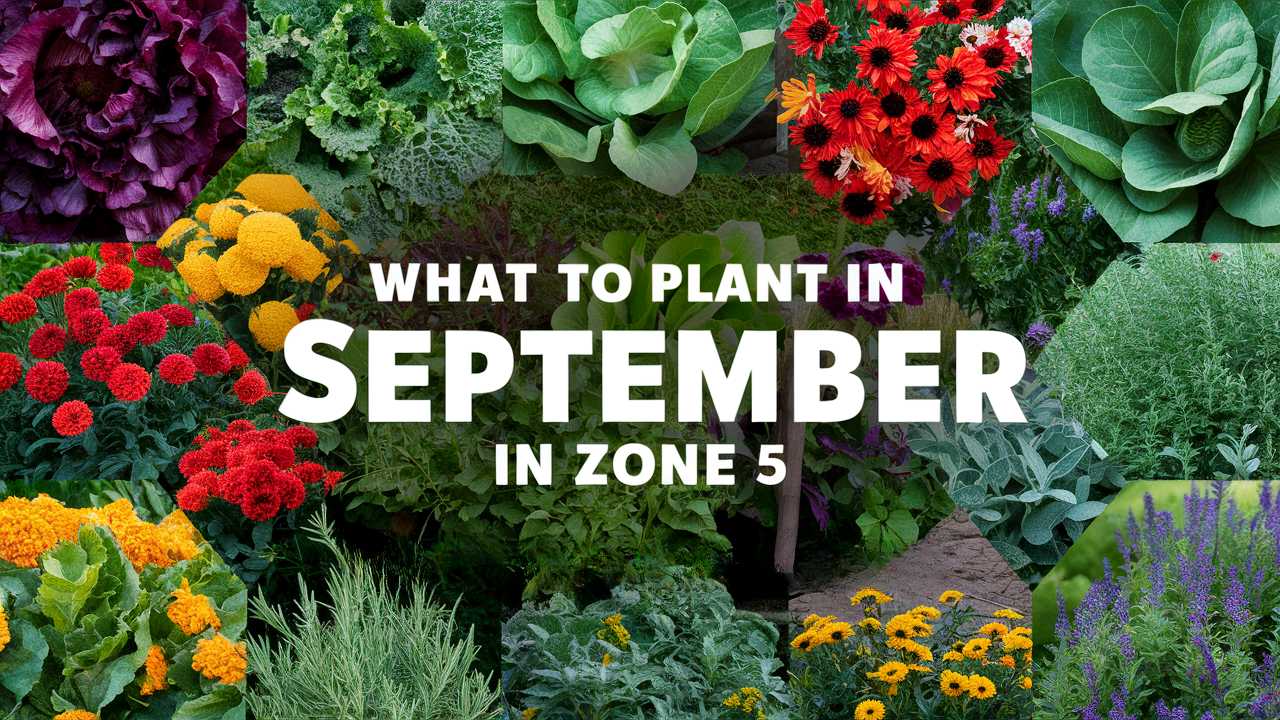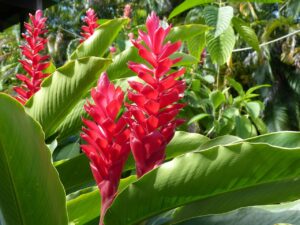Whether you are looking to extend your growing season or prepare for next spring, this guide will help you know what to plant in September in Zone 5.
Vegetables To Plant
As September rolls around, many gardeners focus on planting crops that can tolerate cooler temperatures. Zone 5 has a relatively short growing season, but there are still abundant opportunities to plant vegetables that thrive in the cool, crisp air of autumn.
Spinach

Spinach is a frost-tolerant leafy green that thrives in cooler temperatures. In Zone 5, you can safely plant spinach until mid-September. The plant requires well-drained, fertile soil and benefits from a little extra mulch during colder nights. Spinach germinates best at temperatures between 50°F and 65°F. Its growing cycle is fairly quick; you can expect to harvest your first leaves about 6-8 weeks after planting.
Kale
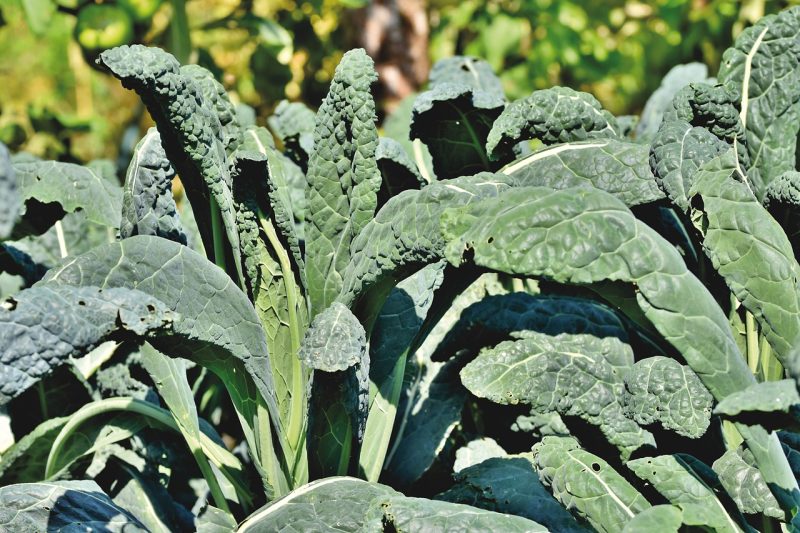
Another excellent choice for September planting is kale. This resilient green is highly tolerant of frost and even improves in flavor after exposure to cold. Ideally, plant kale seeds in early September to ensure robust growth before the first frost. Kale prefers soil pH between 6.0 and 7.5 and should be spaced about 12-18 inches apart to allow for ample growth.
Carrots

Carrots thrive in cooler weather and can be planted in September, ideally by mid-month in Zone 5. Sow them directly into loose, well-drained soil about 1/4 inch deep. Carrots have a long maturation period of about 70-80 days, which means it’s important to choose early varieties that can be harvested before the ground freezes.
Radishes

Radishes are one of the fastest-growing crops and can be sown throughout September. They germinate quickly and can be ready for harvest within three to four weeks, making them an ideal choice for late-season planting. Choose short varieties that mature in 25-30 days to ensure a successful crop before winter sets in.
Beets
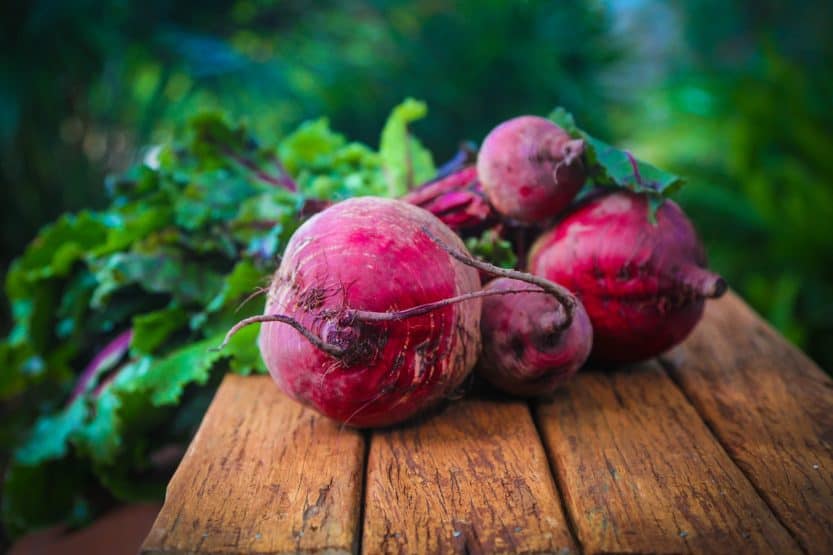
Beets are another cold-tolerant vegetable that can be sown in September in Zone 5. Ideally, plant them by mid-September for optimal growth. They thrive in full sun and well-drained soil and usually take about 50-70 days to mature. The roots can withstand light frosts, enhancing their sweetness as temperatures drop.
Turnips
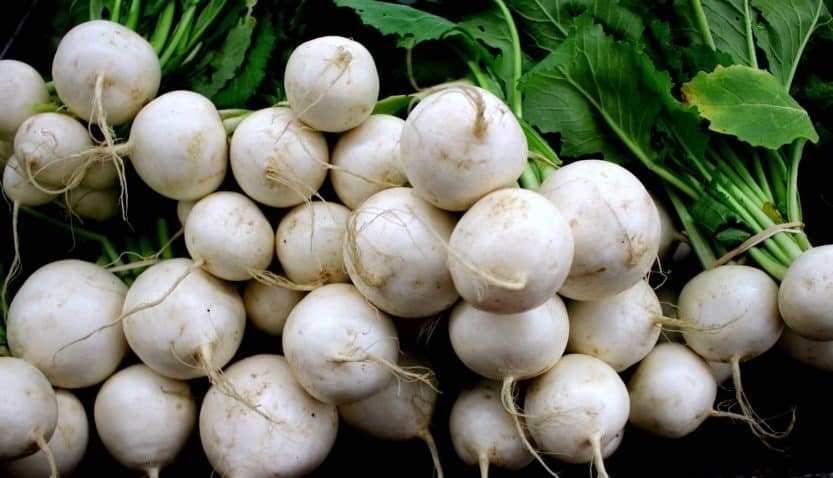
Turnips can be seeded in September as they appreciate cooler growing conditions. These versatile vegetables have a preference for full sun and rich, well-draining soil. Turnips take about 60 days to reach maturity, so timing is crucial; mid-September is generally the last planting time in this zone.
Garlic
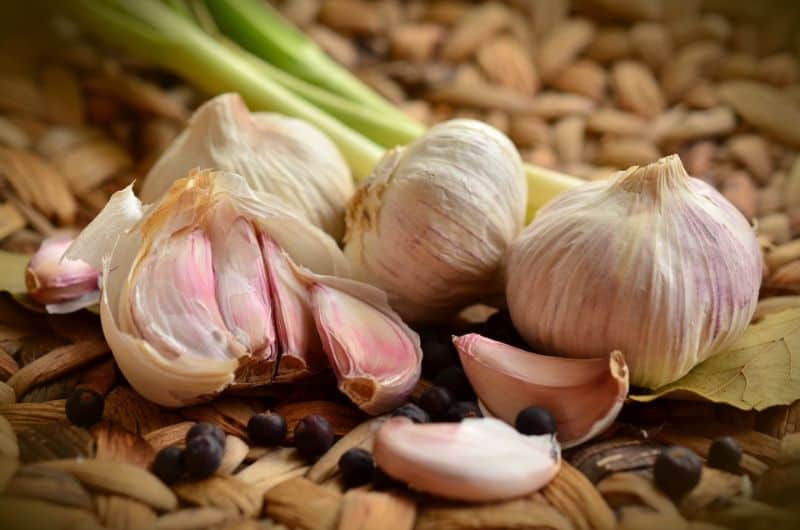
While technically a bulb, garlic planting begins in September if you’re aiming to harvest in the following summer. In Zone 5, plant garlic cloves about 4-6 inches apart and cover them with a layer of mulch to protect them through winter. Garlic benefits from a cold period, which helps it develop strong bulbs.
Broccoli

Broccoli is a cool-season crop that can be directly seeded or transplanted in September. It’s best to plant it by mid-September to ensure a harvest before the frost arrives. Broccoli prefers nutrient-dense soil and should be spaced 18-24 inches apart. Its harvest time generally ranges from 55 to 100 days, depending on the variety.
Swiss Chard

Swiss chard is a versatile leafy green that can be planted until the end of September in Zone 5. This plant can withstand colder temperatures and will continue to produce throughout the fall and into winter. Chard seeds should be directly sown in well-composted soil and require regular watering, especially as temperatures drop.
Peas
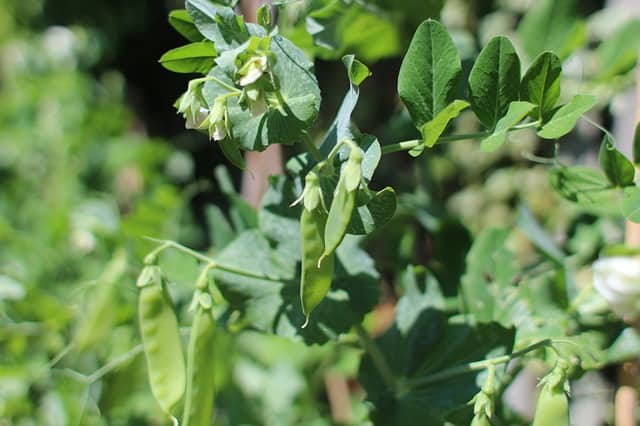
Last but not least, fall peas can be a rewarding crop to plant in September. These varieties, specifically the ones suited for autumn harvest, can be sown as late as mid-September. They germinate well in cooler weather, thus allowing for a bountiful crop before winter. Peas are best planted in well-drained soil, and they flourish in full sunlight.
Flowers To Plant
September is also a wonderful time to consider planting perennial flowers and cool-season annuals in Zone 5. These plants not only provide stunning blooms but also help revive gardens before winter sets in.
Pansies

Pansies are perfect for planting in September due to their hardiness and vibrant colors. They thrive in cooler temperatures and can withstand light frosts, making them an excellent choice for fall gardens. Plant pansies in rich, well-draining soil, and they will bloom until the first heavy snow.
Asters
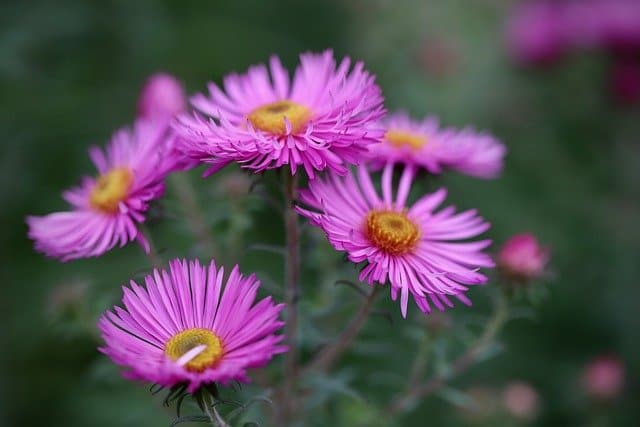
Asters are late-blooming perennials that thrive in September. They love full sun and can tolerate partial shade, making them adaptable to various garden layouts. Aster varieties can range in height but generally require well-drained soil and regular watering to thrive as they approach their blooming stage.
Mums
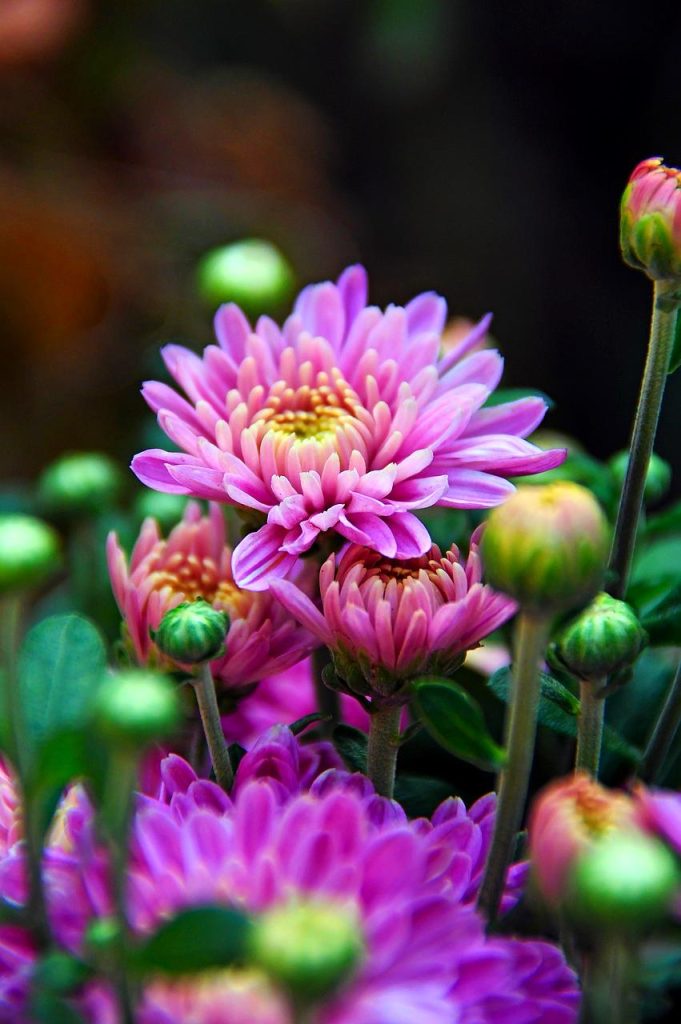
Chrysanthemums, or mums, are quintessential fall flowers popular in many gardens during September. Plant them now to capitalize on their vibrant colors just as autumn sets in. Mums prefer well-drained soil and full sunlight, and they need plenty of fertilizer for lush blooms.
Ornamental Kale
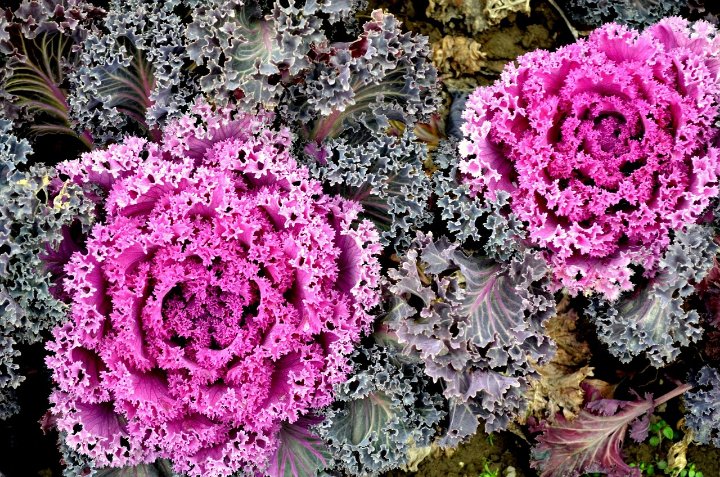
Unlike culinary kale, ornamental kale adds impressive aesthetics to your garden. Its vibrant colors deepen as temperatures drop, making it a suitable choice for fall planting. You can plant ornamental kale in well-drained, nutrient-rich soil, and it can withstand a few frosts, making it a durable addition to a September garden.
Sedum
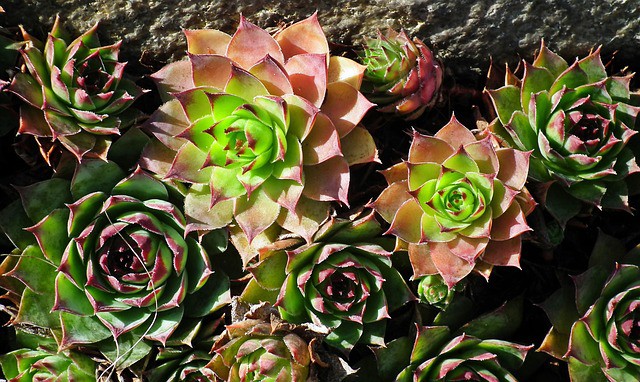
Sedum, or stonecrop, is a drought-resistant succulent that can be planted in September in Zone 5. These perennials thrive in full sun and adapt well to poor soil, making them great for low-maintenance gardens. Sedum not only blooms in late summer, but its foliage adds visual interest throughout fall.
Black-eyed Susans
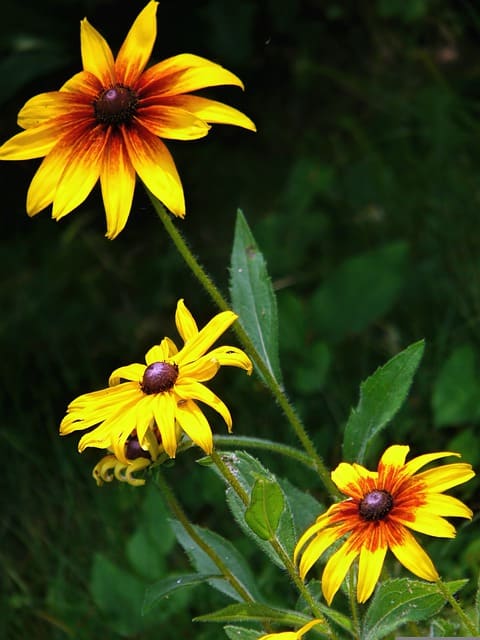
This stunning perennial is known for its cheerful yellow blooms. Plant black-eyed Susans in a sunny section of your garden, and they will thrive even as temperatures drop. They are hardy and can survive harsh winters, returning with vibrant blooms in the spring.
Fall-blooming Crocus

Crocuses are not only beautiful but also a great indicator of spring’s arrival. Plant fall-blooming crocus bulbs in September, and you can treat yourself to their lovely flowers just as the weather cools down. They require well-drained soil and should be planted in an area that receives partial to full sunlight.
Autumn Joy Sedum

This specific variety of sedum can add exciting color to your fall garden. Plant it in well-drained, sunny spots in September to enjoy its deep pink to red flowers as the season progresses. Autumn Joy is known for its ability to withstand cold temperatures, making it a fantastic choice for Zone 5 gardens.
Hellebores
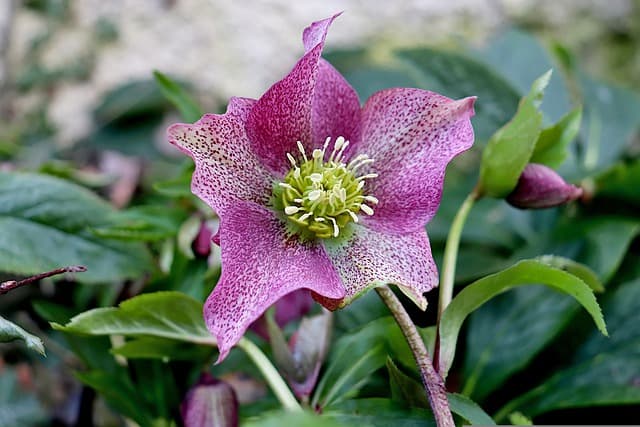
Hellebores are evergreen perennials often referred to as “Lenten roses.” Despite their nickname, they offer beautiful blooms as early as late winter to early spring, making fall planting a great choice. They thrive in partial shade and prefer well-drained, rich soil.
Russian Sage
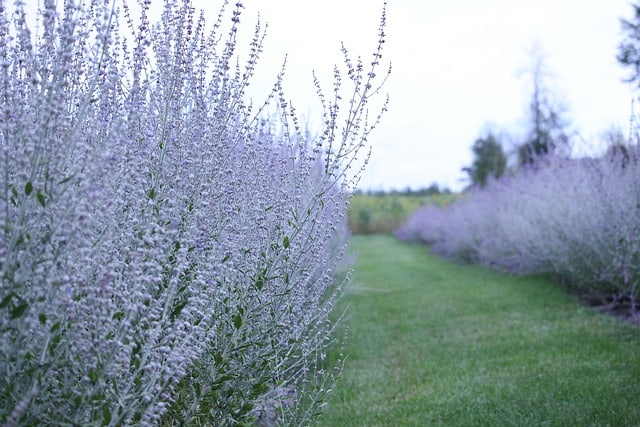
Russian sage is a drought-resistant perennial that thrives in full sun. Its silver-gray foliage and tall purple flower spikes can add wonderful contrast to your garden. Plant them in early to mid-September to allow them time to establish before colder weather sets in.
Herbs To Plant
September is a great time to plant herbs in Zone 5, as many of them are tolerant to cooler temperatures. These herbs can enhance your cooking and provide additional flavor to your dishes as they grow.
Cilantro

Cilantro is a cool-weather herb that grows well during the fall months. It can be planted until mid-September in Zone 5 and typically matures in about 3-4 weeks. Cilantro prefers well-drained soil and full sun exposure, providing an aromatic addition to your fall garden.
Chervil
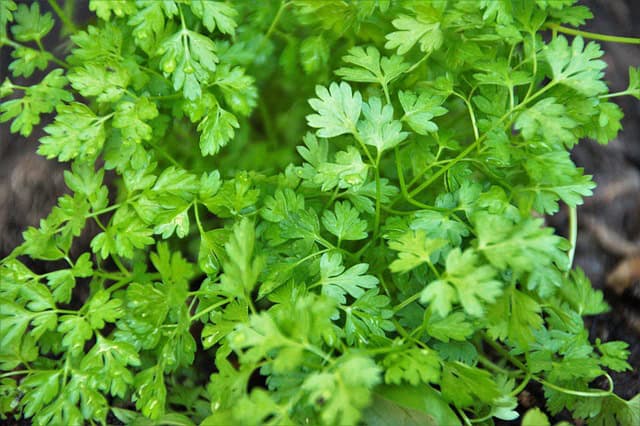
Chervil, known for its delicate flavor, is a versatile herb that thrives in cooler temperatures. It can be sown directly in the ground by mid-September and does best in light, moist soil. Chervil requires partial to full shade and will be ready for harvest in about 6-8 weeks.
Thyme
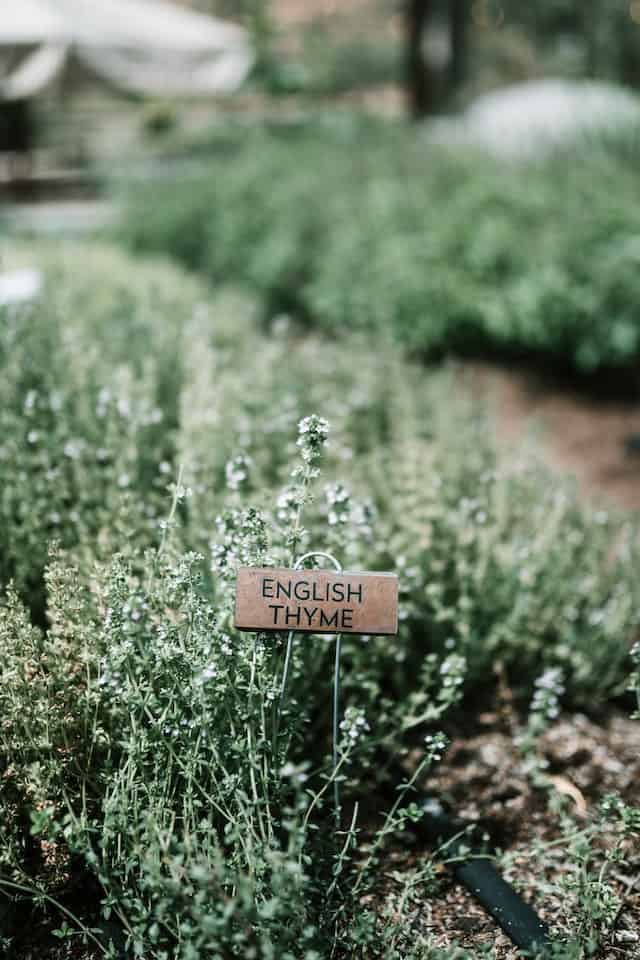
Thyme is a hardy perennial herb that can be planted in September for continued growth through the fall. It prefers well-drained soil and thrives in full sun, making it both delicious and perfect for gardens in Zone 5. Thyme sowed and established in September will continue to flourish for years in your garden.
Mint
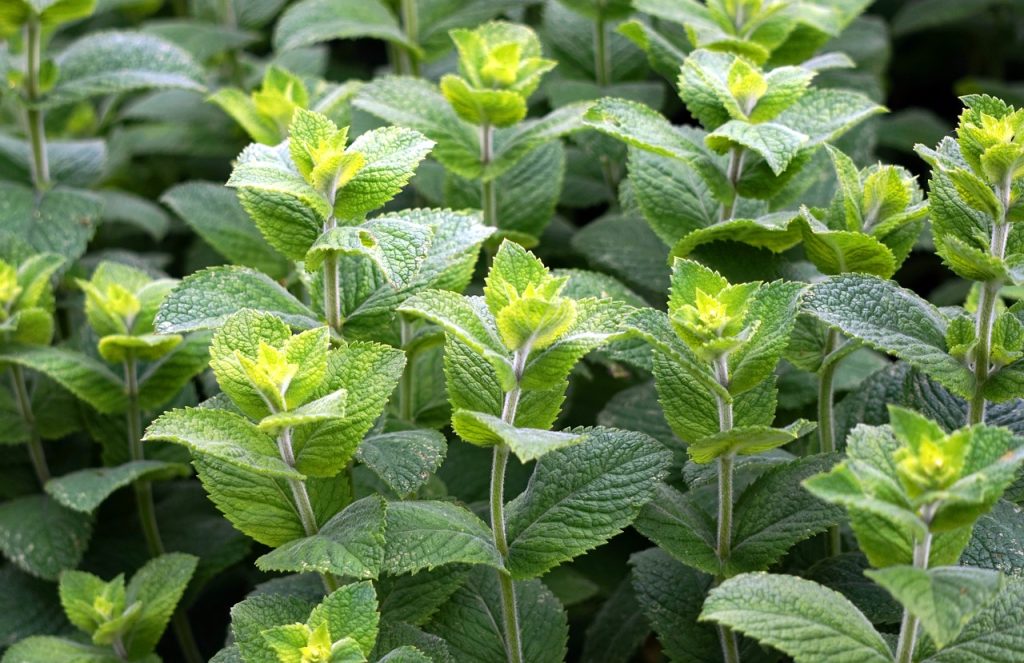
Mint is an aggressive herb that thrives in well-drained soil and can be planted until late September. This aromatic herb is excellent for teas, cooking, and garnishing dishes. Given its rapid growth, it’s advisable to plant it in a contained space or pot to control its spread.
Sage

Sage is a perennial herb that can tolerate a range of conditions but prefers well-drained soil and full sunlight. Plant sage in mid-September for a flavorful addition to your fall dishes. It is a resilient herb that can survive cold winters, returning robustly every spring.
Parsley

Parsley is a biennial herb that takes longer to establish but can be planted in early to mid-September. It prefers rich soil and ample sunlight, requiring about 12-14 weeks to grow before harvest. Though it may die back in winter, parsley can be resilient in milder climates and return in spring.
Oregano

Oregano thrives in full sun and well-drained soil, making September an ideal month for planting this flavorful herb in Zone 5. Whether you’re growing it for culinary use or pollinator attraction, oregano is hardy and drought-resistant, offering resilience throughout varying weather conditions.
Chives
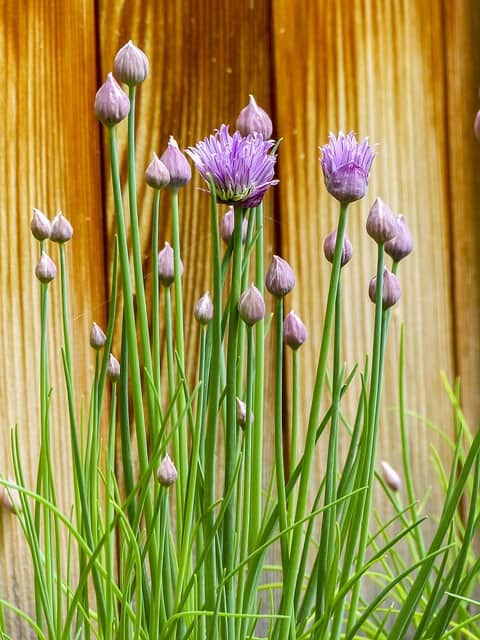
Chives are one of the hardiest herbs, making them reliable for September planting. They require little care and prefer well-drained soil and full sun. These perennial herbs add a mild onion flavor to any dish and are perfect for garden borders, as they produce lovely purple flowers in spring.
Fennel
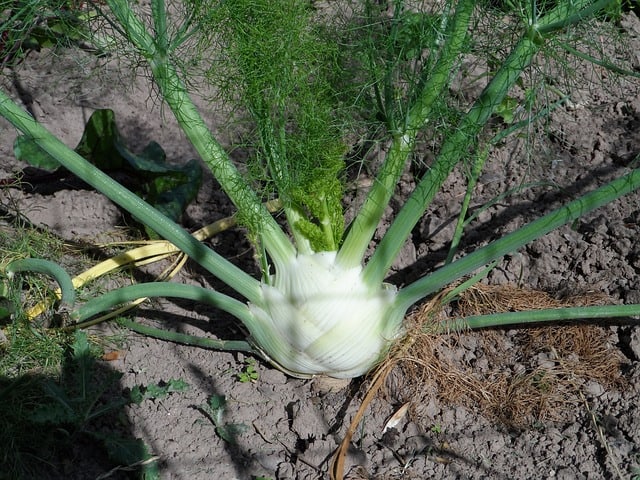
Fennel can be planted in early September, and while it prefers slightly warmer soil, it can tolerate the cooler temperatures of fall. It thrives in well-drained soil, loves sunlight, and can reach a height of up to 5 feet. Its bulb and fronds are edible, making it a valuable addition to your garden.
Dill
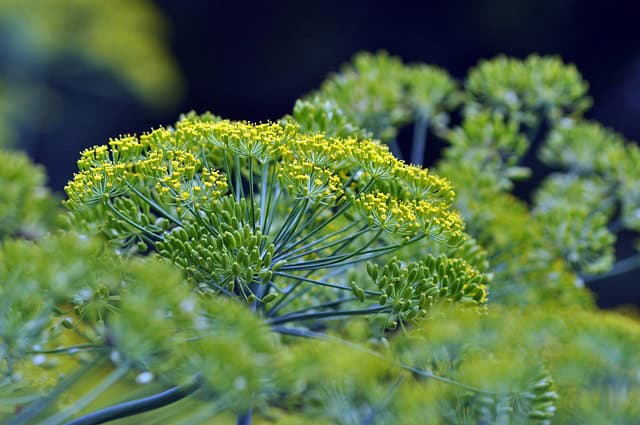
Dill is another herb that can be sowed in September. It prefers well-drained soil and plenty of sunlight, making it both flavorful and visually appealing with its feathery foliage. Dill matures in about 40-60 days, meaning a late summer planting can yield herbs before frost hits.
Landscape Plants To Plant
In September, many gardeners focus on enhancing their landscape with various plants that will stand the tests of time and inclement weather. This section discusses ten landscape plants that thrive in Zone 5.
Ornamental Grasses
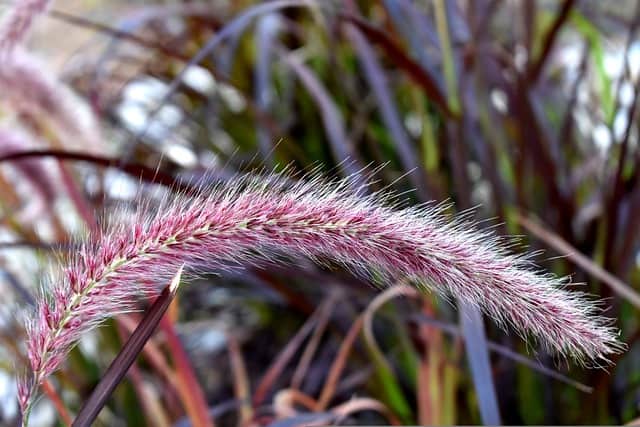
Ornamental grasses bring texture and movement to your landscape and can be planted until mid-September. Varieties like Miscanthus and Calamagrostis are hardy and can withstand cold temperatures. They require well-drained soil and full sun to flourish, providing visual interest year-round.
Barberries
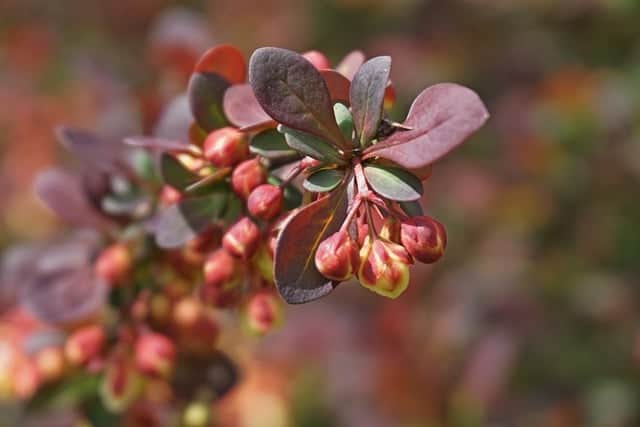
Barberries are hardy shrubs that can be planted in the fall season, providing both visual appeal and wildlife benefits. They are drought-tolerant and can thrive in a variety of soils. Their colorful foliage and small berries can attract birds to your garden, adding life to your landscape.
Hydrangeas
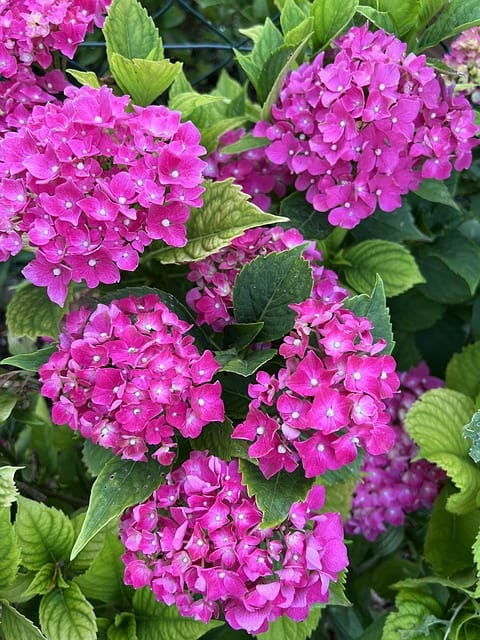
Hydrangeas are versatile landscape plants that can provide blooms late into the fall. In Zone 5, September is an excellent time to plant them. They require rich, moist soil and benefit from some afternoon shade, especially in hotter weather. Hydrangeas add elegance to gardens, making them a beloved choice.
Peonies
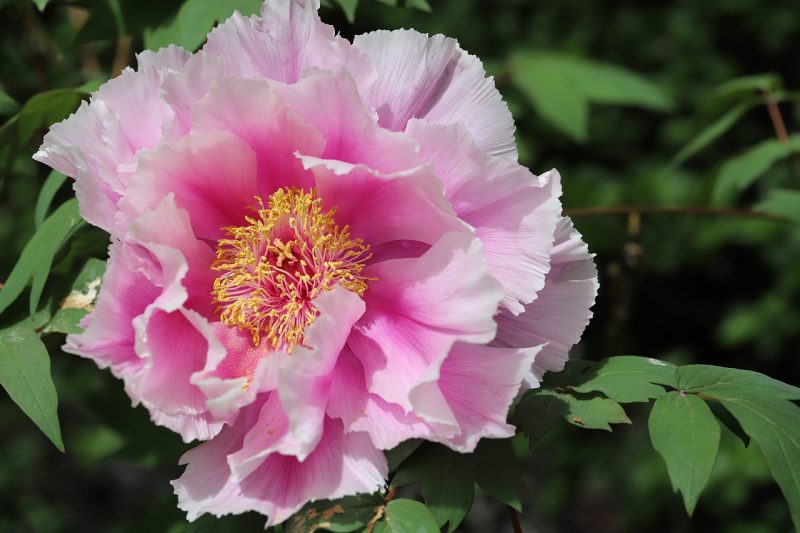
Peonies are perennial plants that thrive in Zone 5. Planting them in September allows them to establish proper root systems before frost. Peonies prefer well-drained soil and full sun, and their stunning blooms are one of the first signs of spring, making them worth the wait.
Daylilies
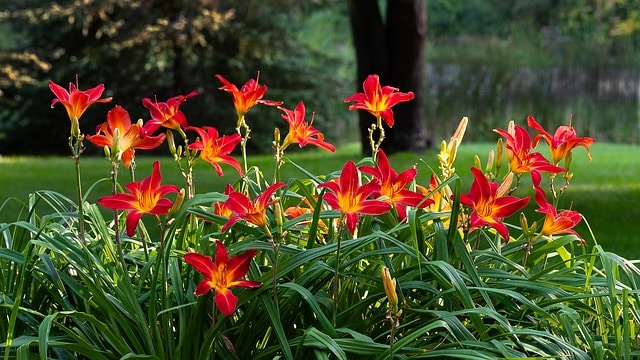
Daylilies are another reliable perennial that can be planted in mid-September. They are known for their resilience and adaptability, thriving in various soil conditions and tolerating drought. Daylilies bloom throughout summer and early fall, providing vibrant color to your landscape.
Russian Sage

Russian Sage is a drought-resistant perennial that does exceptionally well in Zone 5 gardens. Plant it in September to allow for root establishment. It thrives in dry, poor soils and full sun, making it an excellent low-maintenance option for landscaping.
Coneflowers
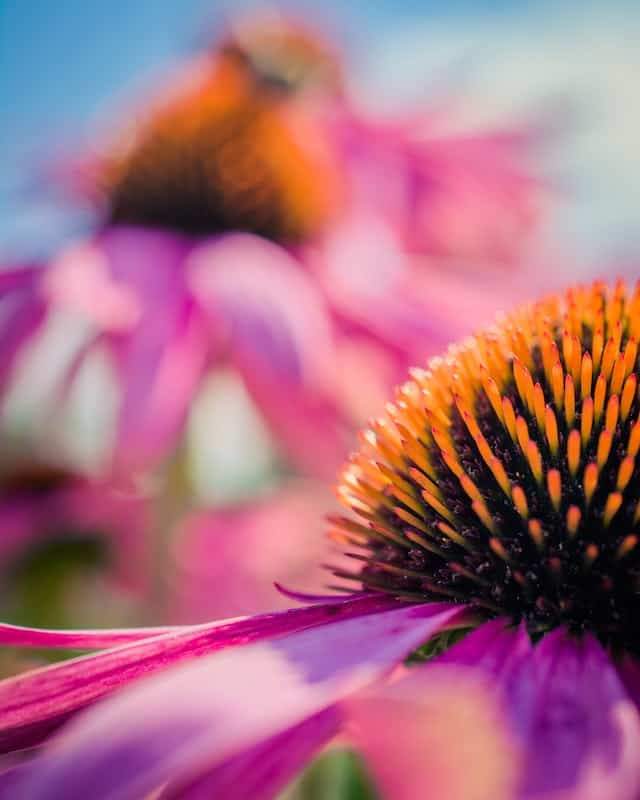
Coneflowers, or Echinacea, are hardy perennials known for attracting pollinators and adding vibrant color to landscapes. Autumn is an excellent time to plant them in Zone 5. They prefer full sun and well-drained soils, blooming from summer to fall and providing visual interest as the seasons change.
Nanking Cherry
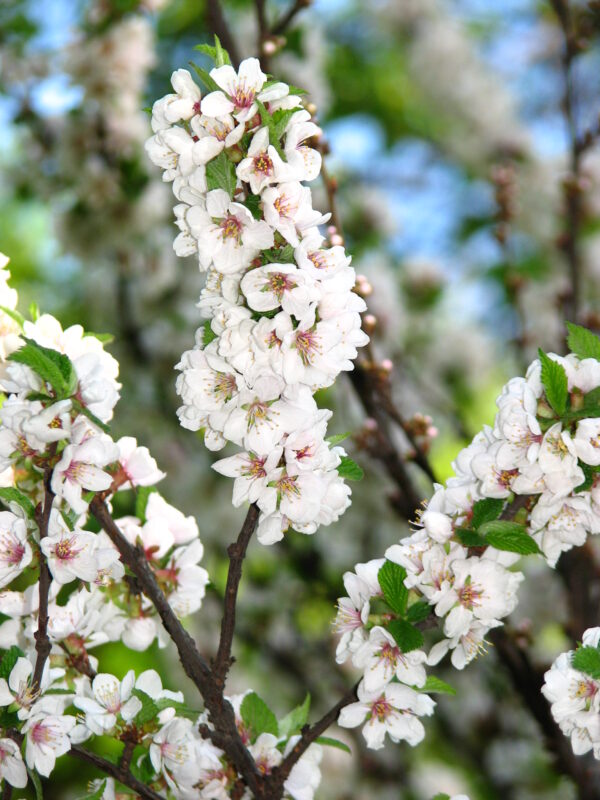
Planting Nanking cherries in September can help create a lovely hedge while producing delicious fruits. This hardy shrub thrives in full sun and tolerates various soil types. In addition to providing edible fruit, it can serve as a habitat for local wildlife.
Serviceberry
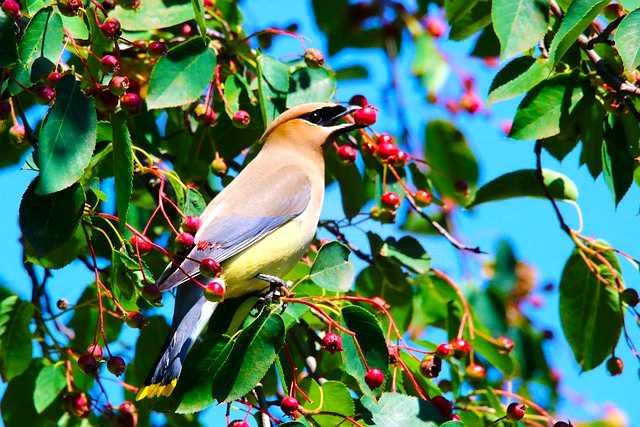
Serviceberry trees can be planted in September, and they offer both beautiful spring blossoms and delicious berries in summer. They thrive in well-drained, sandy soils and partial to full sun. Serviceberry adds seasonal interest to the landscape, providing color throughout the year.


